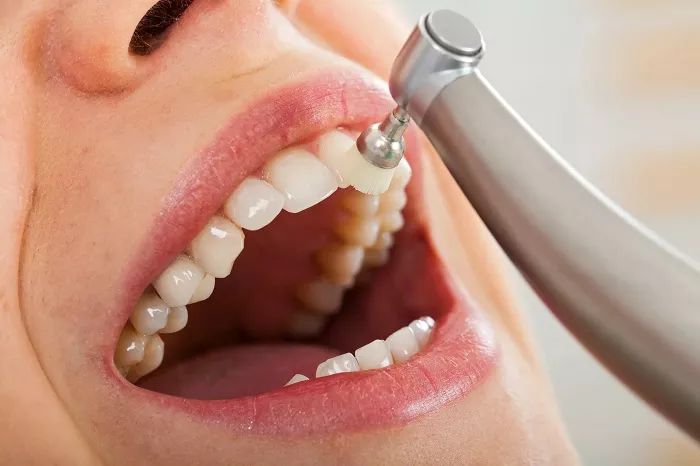Dental implants have become a popular and effective solution for replacing missing teeth. They not only restore the functionality of the teeth but also enhance the aesthetic appearance of the smile. However, just like natural teeth, dental implants require proper care and cleaning to ensure their long-term success and durability. In this article, we will explore in detail how dental implants are cleaned.
The Significance of Cleaning Dental Implants
Preventing Infection:
Bacteria can accumulate around dental implants, just as they do around natural teeth. If not cleaned properly, this can lead to peri-implantitis, an inflammatory condition that can affect the tissues surrounding the implant and, in severe cases, cause the implant to fail.
Maintaining Implant Stability:
Keeping the implant and the surrounding area clean helps to maintain the integrity of the bone-implant interface. Any build-up of plaque or tartar can potentially disrupt this connection and compromise the stability of the implant.
Longevity of the Implant:
Regular and proper cleaning is crucial for maximizing the lifespan of the dental implant. By preventing issues such as infection and bone loss, patients can enjoy the benefits of their implant for many years.
Tools for Cleaning Dental Implants
Soft Bristle Toothbrush:
A toothbrush with soft bristles is essential for cleaning dental implants. It should be used at least twice a day, just like for natural teeth. The soft bristles are gentle enough to avoid scratching the implant surface or irritating the gums, while still effectively removing plaque and food debris.
Dental Floss or Interdental Brushes:
Flossing is an important part of implant care. For implants, special floss or interdental brushes may be required, especially if there is a space between the implant and adjacent teeth. These tools help to clean the areas that the toothbrush cannot reach, removing plaque and debris from the sides of the implant and between teeth.
Antimicrobial Mouthwash:
An antimicrobial mouthwash can be used as an adjunct to brushing and flossing. It helps to kill bacteria in the mouth and reach areas that may be missed during brushing and flossing. However, it should not be a substitute for these mechanical cleaning methods.
Step-by-Step Guide to Cleaning Dental Implants
Brushing the Implant:
Hold the toothbrush at a 45-degree angle to the gum line, just as you would for natural teeth.Gently move the toothbrush in small circular motions, covering all surfaces of the implant, including the front, back, and chewing surfaces.Brush for at least two minutes each time to ensure thorough cleaning.
Flossing the Implant:
If using regular floss, carefully thread it between the implant and adjacent teeth or under any prosthetic restorations attached to the implant.Move the floss up and down the side of the implant, being careful not to snap it into the gum tissue.For those who find it difficult to use regular floss, interdental brushes can be a good alternative. Insert the interdental brush gently into the space around the implant and rotate it to remove debris.
Using Mouthwash:
After brushing and flossing, rinse the mouth with an antimicrobial mouthwash.Follow the instructions on the mouthwash bottle for the correct amount and duration of rinsing. Typically, it is recommended to swish the mouthwash around the mouth for 30 seconds to a minute and then spit it out.
Special Considerations and Precautions
Avoiding Harsh Abrasives:
Do not use toothpaste or cleaning products that contain harsh abrasives, as they can scratch the implant surface. Look for toothpaste specifically formulated for dental implants or those labeled as suitable for sensitive teeth.
Regular Dental Check-ups:
In addition to daily home care, regular visits to the dentist are essential. The dentist will perform a professional cleaning of the implants, check for any signs of problems such as peri-implantitis, and assess the overall health of the implant and surrounding tissues.
Implant-Specific Prosthetics:
If the dental implant has a prosthetic crown or bridge, it is important to clean around and under it carefully. Some prosthetics may have special grooves or areas where plaque can accumulate, and the dentist can provide specific instructions on how to clean these effectively.
Conclusion
In conclusion, proper cleaning of dental implants is vital for their long-term success and the oral health of the patient. By using the right tools and following the correct cleaning techniques, patients can help prevent complications and ensure that their dental implants serve them well for many years. Regular dental check-ups should also be an integral part of the implant care routine to catch any potential issues early and maintain optimal oral health.

